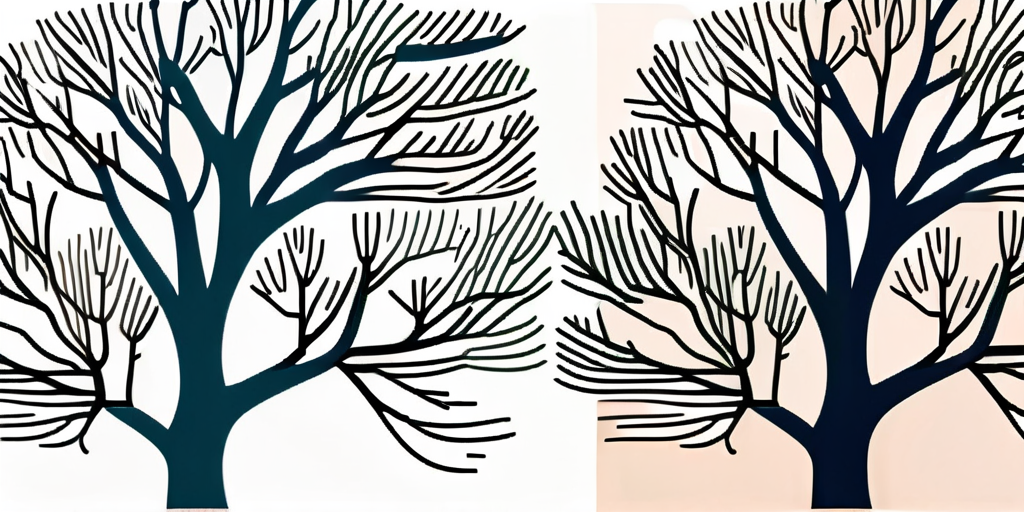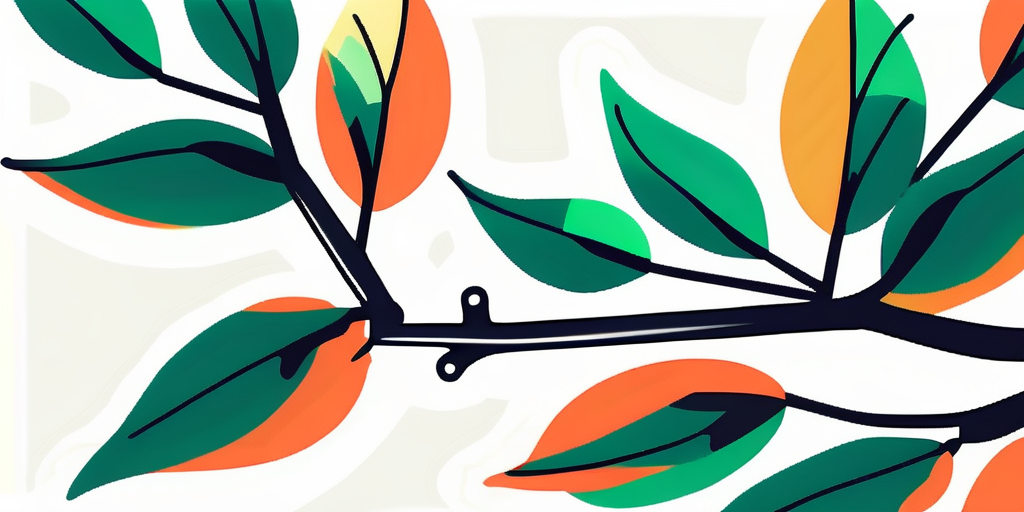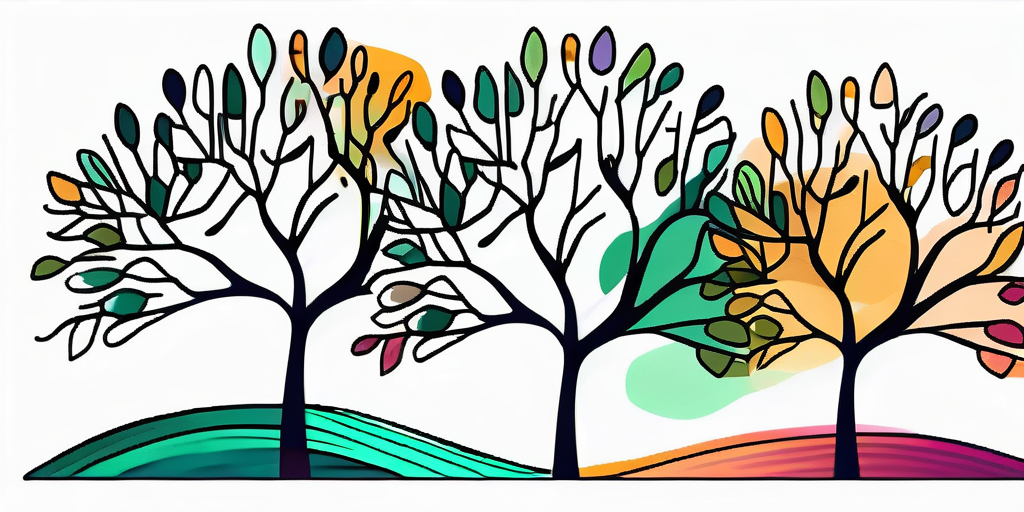What is Tree Pruning
what's tree pruning
Tree pruning is a horticultural practice that involves the selective removal of certain parts of a tree, such as branches, buds, or roots. This practice is carried out for a variety of reasons, including the removal of deadwood, shaping (by controlling or directing growth), improving or maintaining health, reducing risk from falling branches, preparing nursery specimens for transplanting, and both harvesting and increasing the yield or quality of flowers and fruits.
Importance of Tree Pruning
Tree pruning is an essential part of maintaining the health and longevity of your trees. It not only helps in improving the aesthetic appeal of your landscape but also contributes to the overall well-being of the tree. Pruning helps in removing dead, diseased, or damaged branches, thus preventing the spread of diseases and pests.
Moreover, pruning allows for better sunlight penetration and air circulation, both of which are crucial for the tree's growth. It also helps in maintaining the structural integrity of the tree, reducing the risk of branch breakage, and ensuring safety for people and property around the tree.
The Art and Science of Tree Pruning
Tree pruning is both an art and a science. The science aspect involves understanding the biology of trees, their growth patterns, and how they respond to various pruning techniques. The art aspect, on the other hand, involves the aesthetic shaping of the tree, enhancing its natural form and character.
It's essential to note that improper pruning can lead to tree stress, increased susceptibility to diseases and pests, and even premature death. Therefore, it's always recommended to seek the help of professionals, like 770-Tree-Guy, who are well-versed in the art and science of tree pruning.
Tree Pruning Techniques
Thinning
Thinning is a common pruning technique that involves removing select branches to increase light penetration and air movement. This technique helps in maintaining the tree's natural shape while reducing the risk of storm damage.

When thinning, it's crucial to maintain an even density of foliage along a branch. Over-thinning (removing too many branches) can lead to sunburn, stimulate excessive new growth, and reduce the tree's vigor.
Heading
Heading involves cutting a branch or stem back to a set of buds or a lateral branch. This technique is often used to reduce the height of a tree or to stimulate growth in sparse areas. However, heading cuts can lead to the development of weak, structurally unsound branches.
Therefore, heading should be used sparingly and only when absolutely necessary. It's always recommended to consult with a tree care professional, like 770-Tree-Guy, before making heading cuts.
When to Prune
The timing of pruning can significantly impact the tree's health and growth. As a general rule, the best time to prune most trees is during late winter or early spring before the onset of new growth. This timing allows trees to take advantage of the full growing season to close and compartmentalize wounds.

However, certain trees, like flowering trees, may need to be pruned at different times of the year. Again, it's best to consult with a tree care professional to determine the optimal pruning time for your specific trees.
Tree Care Advice
Proper tree care goes beyond just pruning. It involves regular watering, fertilizing, mulching, and pest management. Regular inspections are also crucial to identify any signs of disease or pest infestation early on.
Remember, a healthy tree is better able to withstand stress, including that from pruning. Therefore, maintaining the overall health of your tree is just as important as regular pruning.
Summary
- Tree pruning is a vital practice that involves the selective removal of parts of a tree for various reasons, including health, safety, and aesthetics.
- Pruning is both an art and a science, requiring knowledge of tree biology and aesthetic shaping.
- Common pruning techniques include thinning and heading.
- The optimal time for pruning most trees is during late winter or early spring.
- Proper tree care involves more than just pruning, including regular watering, fertilizing, and inspections.
- For professional tree care and pruning services, consider 770-Tree-Guy.
Conclusion
Tree pruning is an essential aspect of tree care that contributes significantly to the health, safety, and aesthetics of your trees. However, it's a task that requires knowledge, skill, and experience. Therefore, it's always recommended to seek the help of professionals, like 770-Tree-Guy, to ensure the job is done right.

Remember, a well-pruned tree is not only attractive to look at, but it's also healthier, safer, and can add considerable value to your property. So, don't overlook the importance of regular and proper tree pruning.

